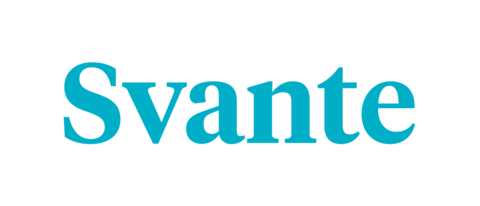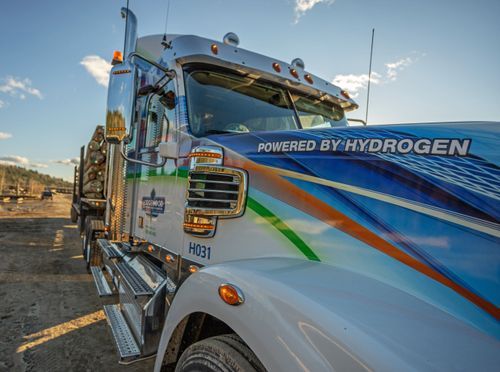True North Renewable Energy Company, a Phoenix-based waste-to-energy developer, is undergoing a Series B equity raise, according to two sources familiar with the matter.
Whitehall & Company is advising, the sources said.
True North develops, builds, and operates organics-to-energy facilities, including large, regional, high solids anaerobic digestion infrastructure, according to its website.
The firm is primarily active in southern California and Arizona. Sites have been announced in Imperial County, Kern County and Mojave (all in California) as well as Yuma County, Arizona. Collectively, these could produce up to 3m mmbtu per annum, using up to 700,000 tons of organic compost from regional farms.
The company is a holding of True North Venture Partners, of Phoenix and Chicago.
TNRE and Whitehall did not respond to requests for comment.







